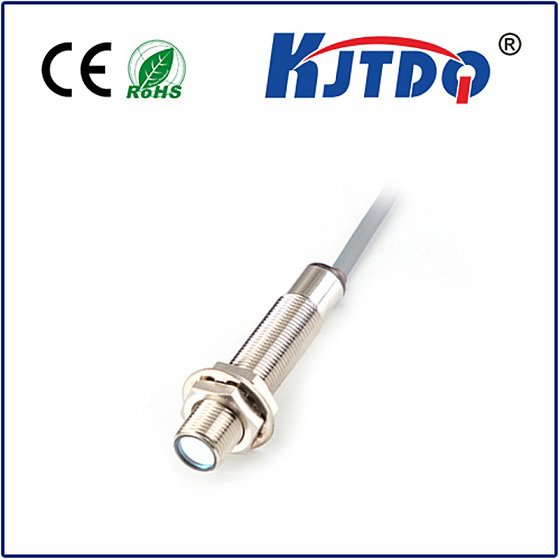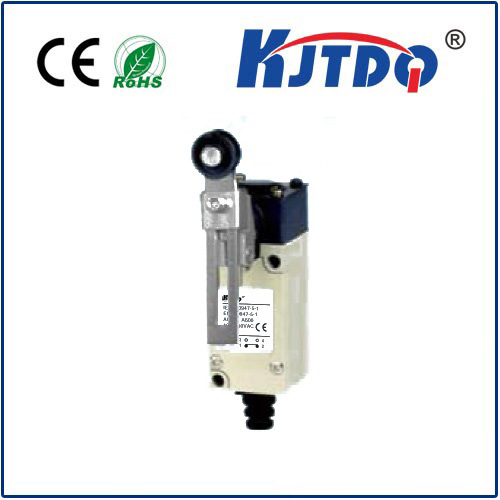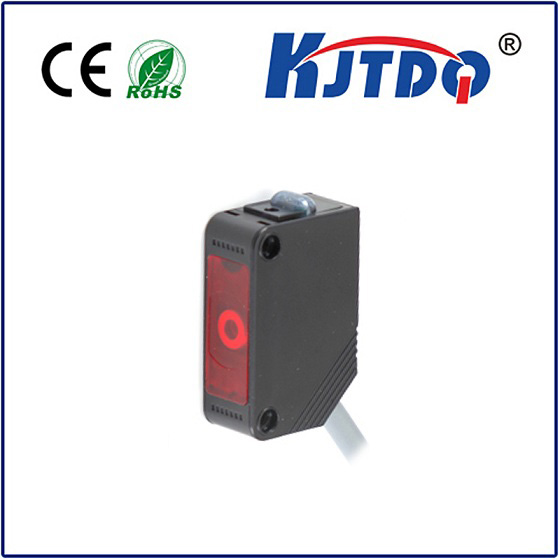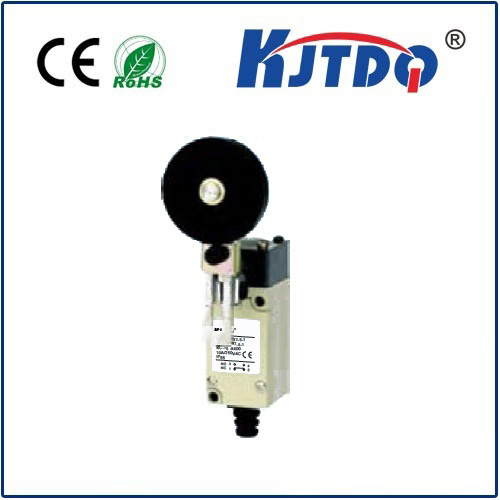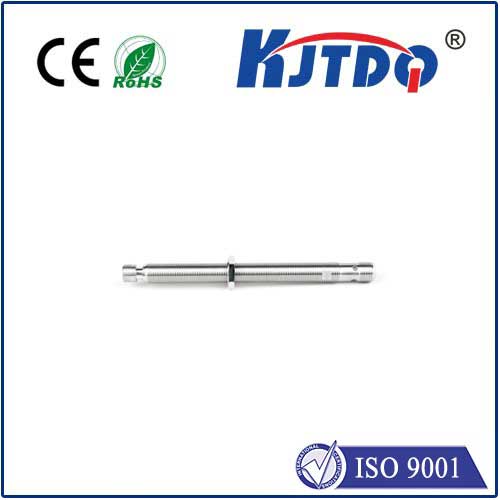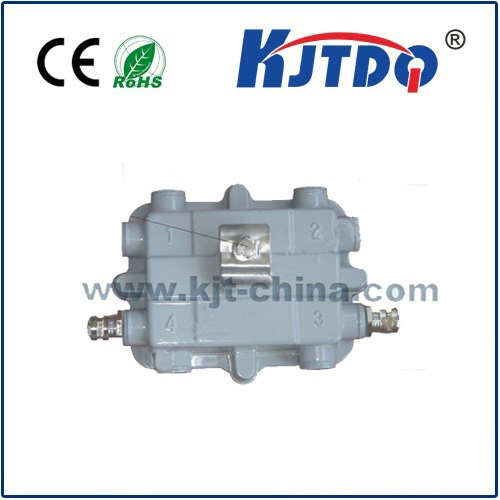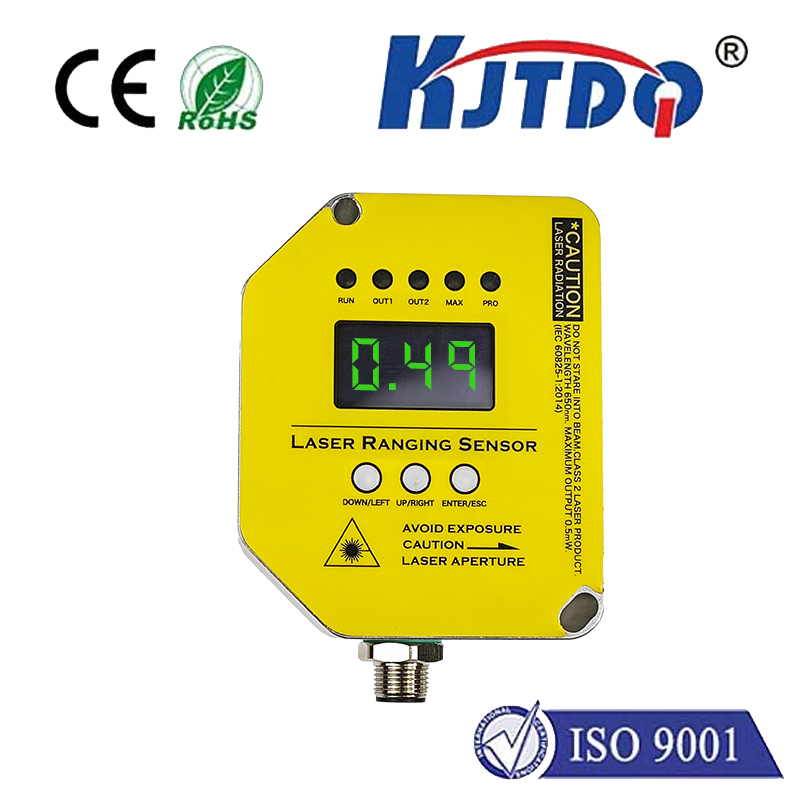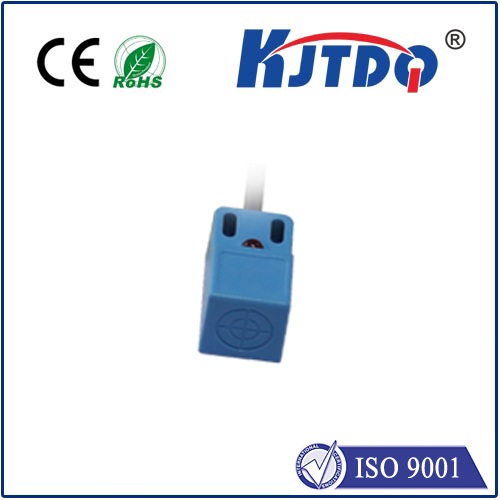KPA53 pressure sensor
- time:2025-09-24 05:35:01
- Click:0
KPA53 Pressure Sensor: Engineered Precision for Demanding Environments
In the intricate dance of modern machinery and automated systems, pressure measurement isn’t just data – it’s a critical language. From ensuring engine efficiency and passenger safety in vehicles to guaranteeing process integrity in industrial plants, accurate, reliable pressure readings are non-negotiable. This is where specialized components like the KPA53 pressure sensor step into the spotlight. Designed for resilience and precision, this sensor has carved a niche for itself as a go-to solution for applications where performance under pressure truly matters.
Understanding the KPA53: A Robust Pressure Sensing Solution
The KPA53 belongs to a family of piezoresistive pressure sensors, leveraging the fundamental principle that certain materials change their electrical resistance when subjected to mechanical stress. This sensor typically features a micromachined silicon sensing element (MEMS) bonded to a robust stainless steel housing. The key to its performance lies in the integration of a dedicated Application-Specific Integrated Circuit (ASIC) directly on the sensor package or within the signal conditioning path. This highly integrated design is crucial for its compactness, reliability, and performance consistency.
- Piezoresistive Sensing Core: At its heart, tiny piezoresistors are arranged on a silicon diaphragm. When pressure is applied (either gauge or absolute, depending on the variant), the diaphragm deflects minutely, causing a proportional change in the resistors’ values.
- Integrated ASIC: This is the unsung hero of the KPA53. The ASIC performs critical functions that elevate the raw sensor signal:
- Signal Amplification: Boosts the small millivolt-level output from the piezoresistors to a more usable range (often 0.5V to 4.5V).
- Temperature Compensation: Compensates for the sensor’s inherent drift due to temperature variations across a wide range (typically -40°C to +150°C), ensuring readings remain accurate regardless of environmental conditions.
- Calibration: Provides factory calibration, ensuring specific output characteristics (offset and span) and linearity. Some variants offer laser-trimmed calibration for heightened precision.
- Signal Conditioning: Can include filtering and other adjustments to deliver a clean, stable output signal.
- Stainless Steel Construction: The body and pressure port are usually made from stainless steel (like 17-4 PH or 316L), offering exceptional corrosion resistance and enabling direct contact with a wide range of media. This robust build allows it to withstand demanding environments with potential exposure to harsh fluids, high vibration, and shock.
Unpacking the Key Features Driving Adoption

The KPA53 pressure sensor isn’t just robust; it’s packed with features engineered for demanding applications:
- High Accuracy and Stability: Achieves impressive accuracy levels (often within ±0.25% to ±1.0% Full Scale) thanks to its integrated compensation and high-quality MEMS element. Its long-term stability minimizes drift over time, reducing the need for frequent recalibration.
- Wide Operating Temperature Range: Functionality across -40°C to +125°C or +150°C allows deployment in environments ranging from freezing cold starts to scorching under-hood automotive conditions or industrial processes. Thermal performance is a critical differentiator.
- Ratiometric and Amplified Output: Most KPA53 variants provide a ratiometric output (like 0.5V to 4.5V over the pressure range). This output is proportional to the supply voltage, simplifying interfacing with microcontrollers and Analog-to-Digital Converters (ADCs) while offering noise immunity. Signal conditioning onboard delivers a ready-to-use output.
- Media Compatibility: The stainless steel wetted parts ensure compatibility with a vast array of media – oils, fuels, brake fluids, refrigerants, water, air, and many gases – making it incredibly versatile. Corrosion resistance is paramount for longevity.
- Robustness and Reliability: Engineered to withstand high-pressure spikes, vibration, and mechanical shock common in automotive, industrial, and HVAC/R applications. Its construction inherently offers high durability.
- Compact & Easy-to-Integrate Design: Available in compact packages (like the popular SMD or through-hole variants with ports) and designed for straightforward mounting and integration into existing systems. Integrated packaging simplifies design-in.
Where Precision Pressure Matters: Key Applications
The blend of performance, robustness, and media compatibility positions the KPA53 as a workhorse across critical industries:
- Automotive: A cornerstone for numerous functions:
- Brake Systems: Monitoring hydraulic pressure for ABS, ESC, and brake assist.
- Engine Management: Measuring manifold absolute pressure (MAP), fuel rail pressure, exhaust gas recirculation (EGR) pressure, transmission pressure, and turbo boost pressure.
- HVAC Systems: Controlling refrigerant pressure for optimal efficiency and safety.
- Air Suspension: Monitoring air spring pressure levels.
- Industrial Automation & Process Control:
- Monitoring hydraulic and pneumatic system pressures.
- Controlling pump pressures and detecting clogs/filter status.
- Leak testing systems.
- Compressor and pump protection.
- HVAC/R (Heating, Ventilation, Air Conditioning, Refrigeration):
- Precise refrigerant pressure monitoring in chillers, heat pumps, and refrigeration units.
- Pressure control in variable refrigerant flow (VRF) systems.
- Monitoring gas pressure in boilers and furnaces.
- Medical Equipment:
- Monitoring gas pressures in ventilators and anesthesia machines (subject to specific medical standards and approvals).
- Fluid pressure sensing in dialysis machines and infusion pumps.
- Test & Measurement Equipment: Providing reliable pressure data in calibration benches, leak detectors, and diagnostic tools.
Why Choose the KPA53? Making the Case
Selecting a pressure sensor often involves balancing performance specifications, environmental requirements, media compatibility, reliability, and cost. The KPA53 pressure sensor presents a compelling argument:
- Proven Performance: Its widespread adoption across demanding sectors like automotive is a testament to its reliability and consistent performance under challenging conditions. High volume manufacturing often implies maturity and stringent quality control.
- Reduced Design Complexity: The integrated ASIC handling amplification, compensation, and calibration drastically simplifies the electronic design around the sensor. Designers don’t need complex external circuitry.
- Cost-Effectiveness: Offering a high level of integration, robust construction, and reliable performance at competitive price points, it represents a strong value proposition for many applications.
- Versatility: Its wide operating range, media compatibility, and various pressure range options (commonly spanning from vacuum up to several hundred bar) make it adaptable to diverse needs. Application flexibility is a significant advantage.
- Supply Chain Maturity: As a widely recognized component, the KPA53 benefits from established supply chains and technical support ecosystems, reducing procurement risks. Sourcing reliability matters in production environments.
Conclusion: A Sensor Engineered for Demands
The KPA53 pressure sensor exemplifies how sophisticated MEMS technology, coupled with intelligent ASIC integration and robust mechanical design, creates a component capable of delivering dependable precision where it matters most. Its ability to accurately sense pressure across extreme temperatures, resist harsh media, and withstand physical stress makes it far more than just a component; it’s a reliable data source enabling safety, efficiency, and control in countless critical systems. Whether measuring boost in a turbocharger, ensuring brake safety, or optimizing a






